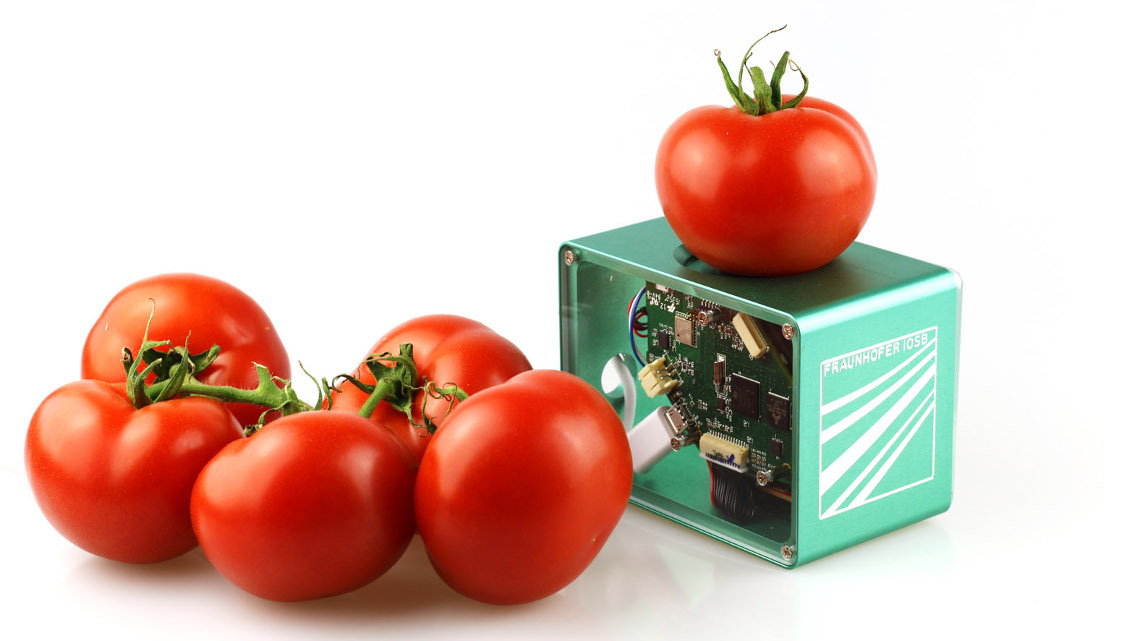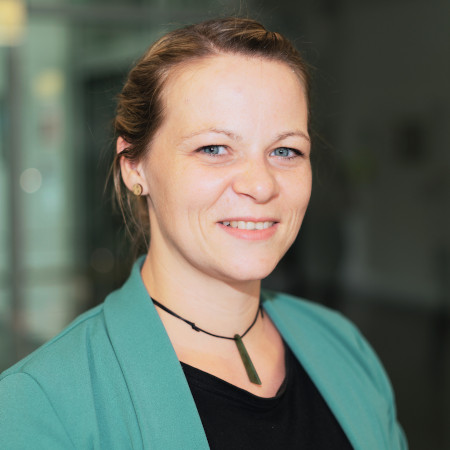New solutions to reduce packaging waste
Frieder RubikProfession:
Economist
Position:
Head of Research Field and Topic Coordinator "Products and Consumption" and "Evaluation and Assessment" at the Institute for Ecological Economy Research (IÖW) GmbH in Heidelberg

Profession:
Economist
Position:
Head of Research Field and Topic Coordinator "Products and Consumption" and "Evaluation and Assessment" at the Institute for Ecological Economy Research (IÖW) GmbH in Heidelberg

Together with partners from business and municipalities, Frieder Rubik is looking for new strategies to minimize the use of plastic packaging in retail.
No other country in Europe produces as much packaging waste: With 230 kilograms per inhabitant in 2017, Germany is the front-runner. Innovative solutions are needed to reduce the use of plastic packaging in particular. This is where the "Innoredux" joint project comes in, supported by the Federal Ministry of Education and Research (BMBF) with EUR 1.5 million. Under the leadership of Frieder Rubik, partners from science, industry and municipalities are testing innovative business models to reduce plastic waste. With the aim of sustainability-oriented packaging optimization, new concepts will be tested in a so-called living laboratory.
In the Innoredux project, you are pursuing a living lab research approach. What exactly does that mean?
In the living lab, we will offer innovative packaging solutions and test their acceptance. We are collaborating with the Waste Office of the City of Heidelberg, the practical partners with stores in Heidelberg, BUND Heidelberg and possibly other players. This so-called living lab will run for several months and will be accompanied by various measures such as public relations work. Based on the experience gained in the living lab, we develop strategies for municipalities and companies to reduce plastic waste. This should facilitate the practical implementation of packaging solutions and promote existing trends. The central results will be distributed in the form of company checklists and a conceptual handbook for municipalities.
Your project started in February of this year. What have you achieved so far?
So far, we have worked out a systematization of business models with regard to packaging. This is based on research in the literature and interviews with the practical partners involved in the project. In this systematization, we have distinguished three types of business models, each of which focuses on the positioning of companies in the packaging sector. In addition, we have carried out an initial compilation of approaches to sustainability-oriented packaging optimization. We distinguish between six approaches: Eliminating packaging, reusing systems, reducing the use of materials, substitution, rethinking the packaging design and services provided by manufacturers. We are currently in the process of selecting products from the food, office supplies, textiles and cosmetics product groups together with our practical partners in order to be able to compare the associated current packaging systems and sustainable approaches.
By the end of the project in January 2022, what are your key objectives?
With this project, we are committed to generate experience with innovative and sustainable business models among our business partners, adopt them as trailblazers and implement them in their packaging practices. At the same time, other economic and social actors should be encouraged to follow suit in order to ensure widespread dissemination. We also want to develop approaches with local actors such as the Heidelberg Municipality to help local authorities reduce the use of plastics in packaging at a local level.
How does the industry react to "Innoredux"?
Our business partners, who work with us on the project, are very open and curious and support us tremendously. Other companies and trade associations that we have contacted so far in the course of our work also expect the project to provide new insights into what could be done sustainably.
In your opinion, what has been the most innovative solution for reducing packaging waste in recent years?
The appearance of zero-waste shops.
In your opinion, what are the three best tips for consumers to avoid packaging waste?
To avoid packaging waste, reusable shopping bags should be used. Retail products should be selected with a view to the packaging used. And you should take your own reusable containers with you when you go shopping so that you can fill goods that are openly available or dispense with the packaging offered at the sales counters.
Interview: Kristin Kambach


